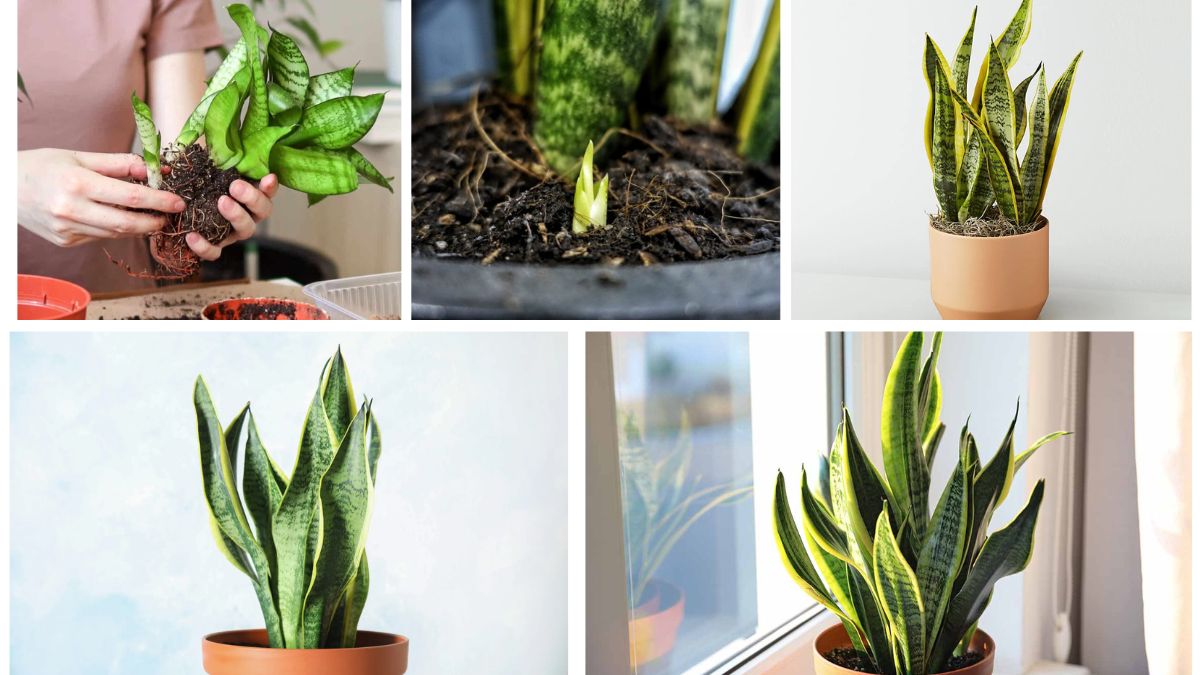Snake plants (Sansevieria or Dracaena trifasciata), also known as mother-in-law’s tongue, are some of the most popular houseplants due to their striking, upright foliage, low-maintenance nature, and ability to thrive in almost any environment. Beyond their ornamental value, they are also known for purifying indoor air and symbolizing resilience and prosperity.
One of the best things about snake plants is how easy they are to propagate, allowing you to expand your collection, gift them to friends, or simply enjoy more greenery indoors without spending much. Whether you’re a beginner or a seasoned gardener, propagating snake plants can be a rewarding project.
This article will serve as a step-by-step guide to propagating snake plants, covering all the common methods, tips for success, and care after propagation.
Why Propagate Snake Plants?
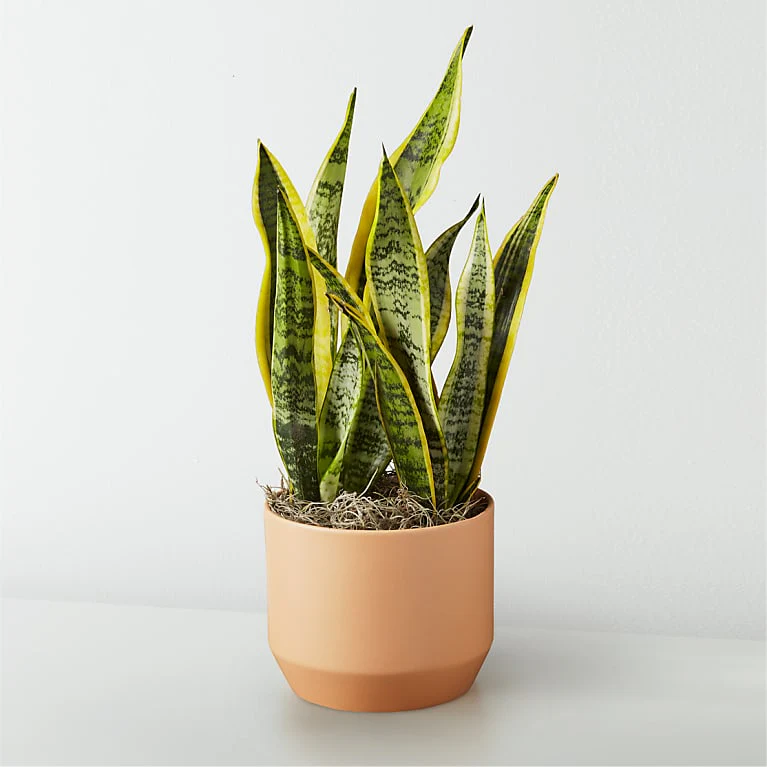
Before diving into the methods, it’s helpful to understand why propagation is beneficial:
- Cost-Effective Gardening – Instead of buying more plants, you can create new ones from your existing plant.
- Healthier Growth – Propagation often involves pruning, which keeps the mother plant healthier.
- Gifting Opportunity – Propagated plants make meaningful, green gifts for loved ones.
- Expanding Greenery – More plants mean more oxygen, improved air quality, and better indoor ambiance.
- Preservation – If your snake plant is struggling, propagating healthy leaves ensures you don’t lose it entirely.
Methods of Propagating Snake Plants
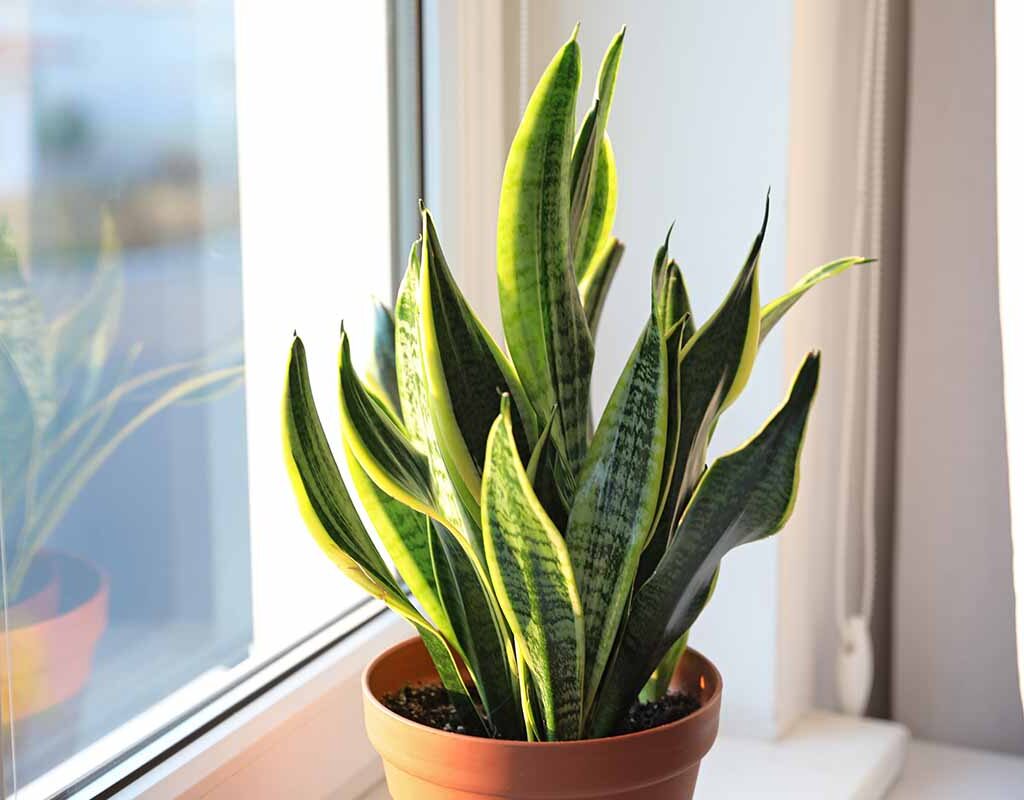
There are several effective ways to propagate snake plants, each with its own advantages. The most common methods are:
- Division
- Leaf Cuttings in Soil
- Leaf Cuttings in Water
- Rhizome Propagation
Let’s go through each method step by step.
1. Division Method (Best for Quick Propagation)
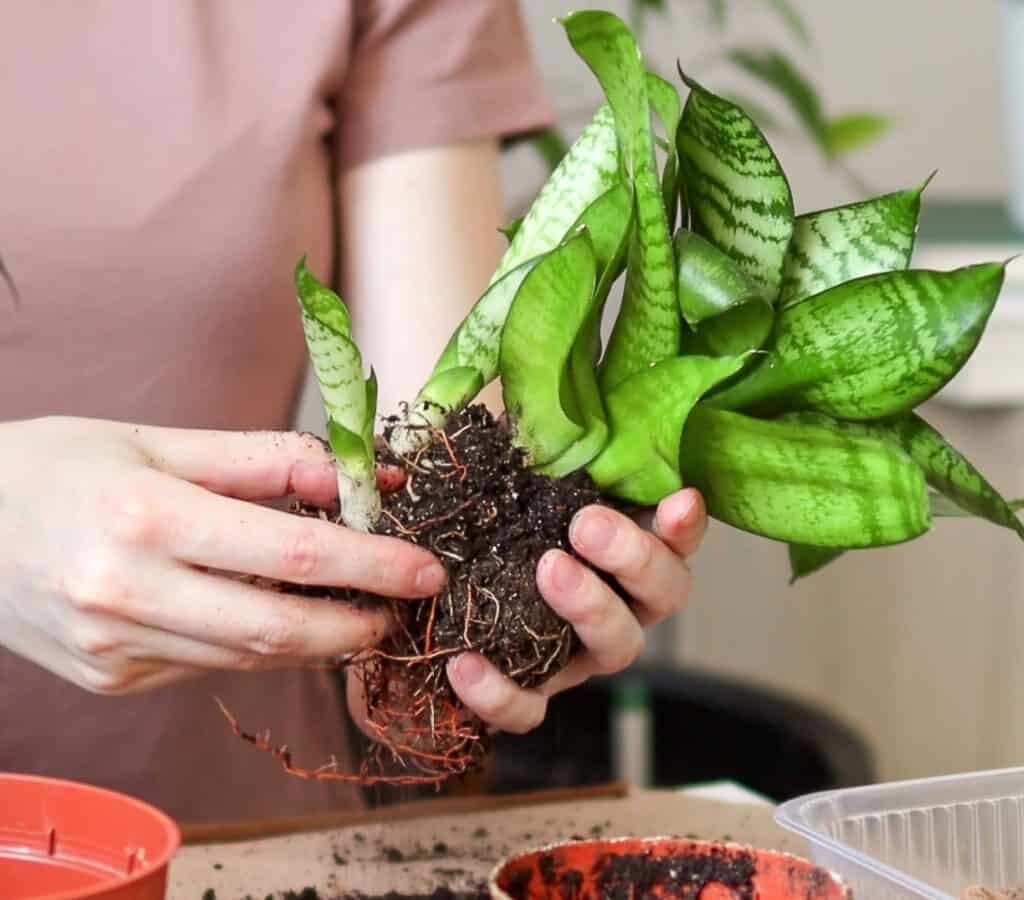
The division method involves separating the plant into smaller clumps. It works well if your snake plant is mature and has multiple clusters.
Steps:
- Remove the plant from its pot gently and shake off excess soil.
- Identify natural divisions where leaves and roots are grouped.
- Using a clean, sharp knife or pruning shears, cut the root ball into sections. Each division should have at least one rhizome (underground stem), some roots, and a few healthy leaves.
- Replant each section into a separate pot with well-draining soil.
- Water lightly and place in indirect light.
Advantages:
- Fastest method for propagation.
- The new plant already has roots and grows quickly.
Drawback:
- Requires a mature plant with multiple clusters.
2. Leaf Cuttings in Soil

This is a popular and easy method where you propagate using individual leaves.
Steps:
- Choose a healthy, mature leaf. Cut it near the base with sterilized scissors.
- Cut the leaf into 3–4 inch sections.
- Mark the bottom side of each piece (the part that was closer to the roots), since planting them upside down will prevent growth.
- Let the cuttings dry for a day or two so the cut edges can callus over (prevents rotting).
- Plant the cuttings about 1–2 inches deep in a pot filled with cactus or succulent soil mix.
- Water lightly and place in bright, indirect sunlight.
Advantages:
- Simple and does not require uprooting the mother plant.
- Produces multiple new plants from one leaf.
Drawback:
- Slower process, can take weeks or months before new roots and shoots emerge.
3. Leaf Cuttings in Water
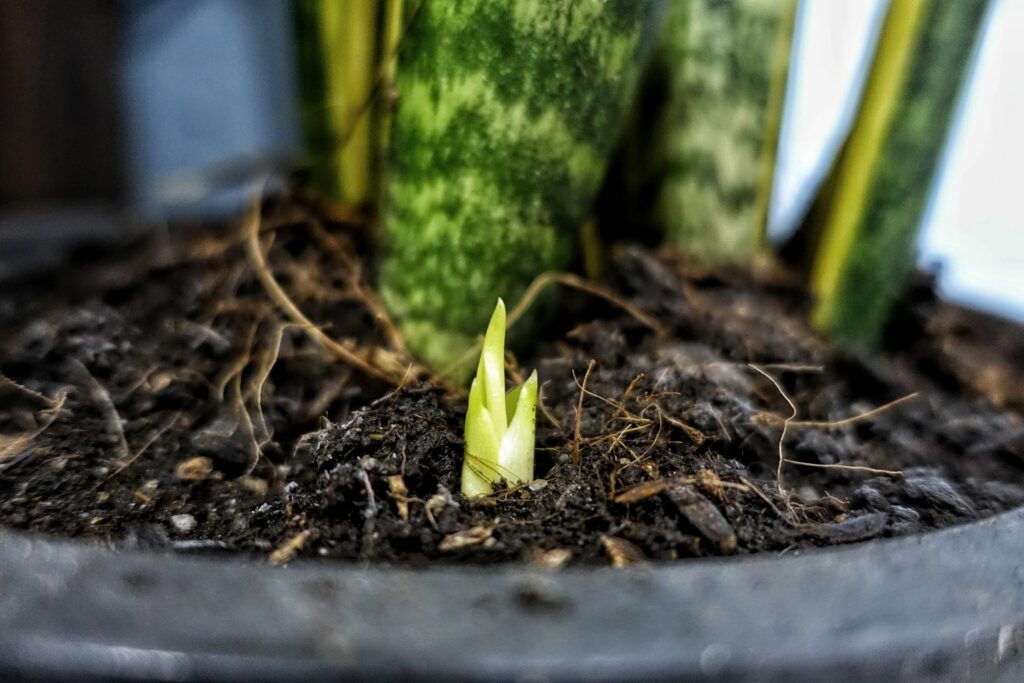
This method is fascinating to watch as roots grow visibly in water.
Steps:
- Cut a healthy snake plant leaf into sections, as in the soil method.
- Place each section in a clear glass of water, ensuring only the bottom end is submerged.
- Change the water every 3–4 days to keep it fresh.
- Place the glass in indirect sunlight.
- Roots will begin to form in a few weeks. Once roots are 2–3 inches long, transfer the cuttings into soil.
Advantages:
- Great for beginners since it’s easy to monitor progress.
- Provides a visual learning experience.
Drawback:
- Risk of rotting if the water is not changed regularly.
- Transitioning from water to soil can sometimes slow growth.
4. Rhizome Propagation
Snake plants spread through rhizomes, which are thick underground stems.
Steps:
- Look for a rhizome in the soil — it resembles a thick white or light-green stem.
- Using a clean knife, cut the rhizome away from the main plant.
- Plant it directly into a small pot with well-draining soil.
- Water sparingly until new growth appears.
Advantages:
- Reliable method as rhizomes naturally generate new shoots.
- Faster growth compared to leaf cuttings.
Drawback:
- Requires a plant with established rhizomes.
Aftercare for Propagated Snake Plants
Propagation is only the beginning. To ensure your new plants thrive, follow these care tips:
1. Light Requirements
Snake plants prefer bright, indirect sunlight but can also tolerate low light. Avoid direct, harsh sunlight, especially for young cuttings, as it may scorch the leaves.
2. Watering
- Water sparingly, especially during the rooting stage.
- Overwatering is the biggest killer of propagated plants. Wait until the soil is almost dry before watering again.
3. Soil Type
Use a well-draining potting mix, preferably a succulent or cactus mix. You can also create your own by mixing regular potting soil with sand or perlite.
4. Temperature & Humidity
Snake plants thrive in temperatures between 65–85°F (18–29°C). Keep them away from cold drafts, as they don’t tolerate frost well. Average indoor humidity is usually fine.
5. Fertilization
Once new growth appears, feed your snake plants with a diluted houseplant fertilizer once a month during spring and summer. Avoid fertilizing in winter when growth slows down.
Common Problems in Propagation and How to Solve Them
- Cuttings Rotting in Soil or Water
- Cause: Overwatering or not allowing cuttings to callus.
- Solution: Let cut ends dry before planting, and water minimally.
- No Root Growth After Several Weeks
- Cause: Low light or incorrect orientation of leaf cuttings.
- Solution: Ensure cuttings are upright and placed in bright, indirect light.
- Yellowing Leaves
- Cause: Overwatering or poor drainage.
- Solution: Reduce watering and ensure soil drains well.
- Slow Growth
- Cause: Natural; snake plants are generally slow growers.
- Solution: Be patient and provide proper conditions for gradual progress.
Tips for Successful Propagation
- Always use sterilized scissors or knives to avoid infection.
- Label your cuttings if you have multiple, especially when propagating in water.
- Be patient — snake plants grow slowly, so root development may take weeks.
- Avoid overhandling; let the plant focus on rooting.
- Propagate in spring or summer for the best success rate, as this is their active growing season.
Conclusion
Propagating snake plants is a simple yet rewarding way to multiply your indoor greenery. Whether you choose the division method for quick results, experiment with leaf cuttings in soil or water, or use rhizomes for reliable growth, each method offers unique benefits.
With the right aftercare — proper watering, soil, and light — your propagated plants will flourish, adding beauty and air-purifying benefits to your home. Beyond practicality, propagation fosters a deeper connection with your plants, teaching patience and appreciation for growth.
So, grab a healthy snake plant, try out one of these propagation techniques, and soon you’ll have an ever-growing collection of these resilient, elegant houseplants.
